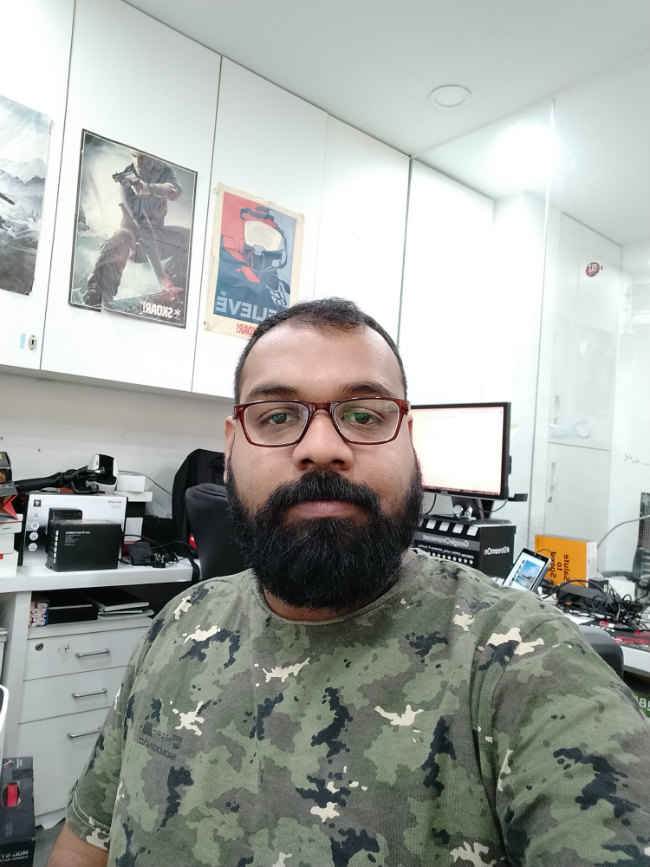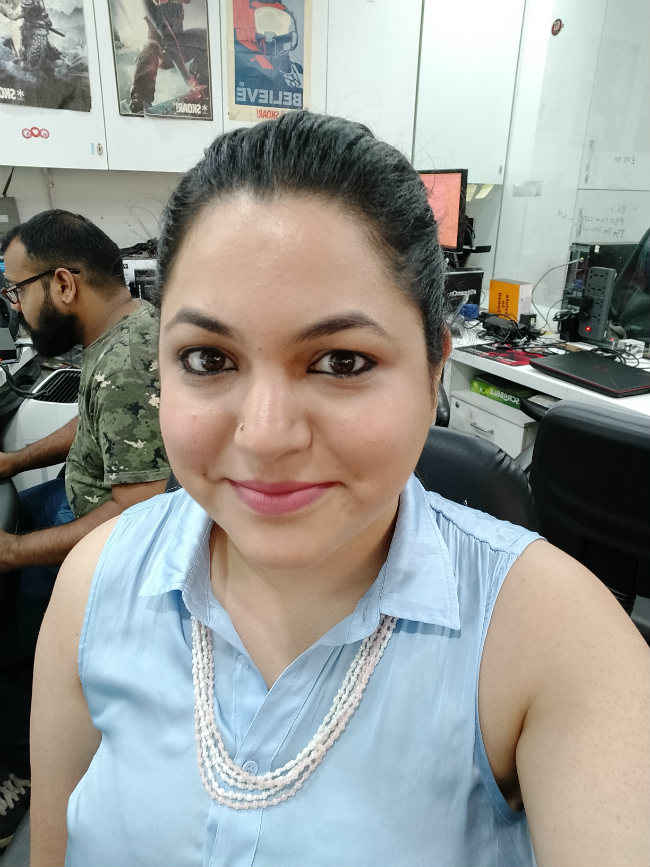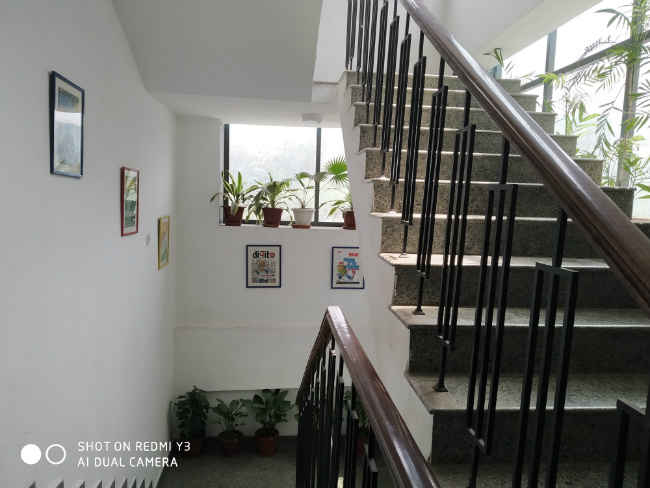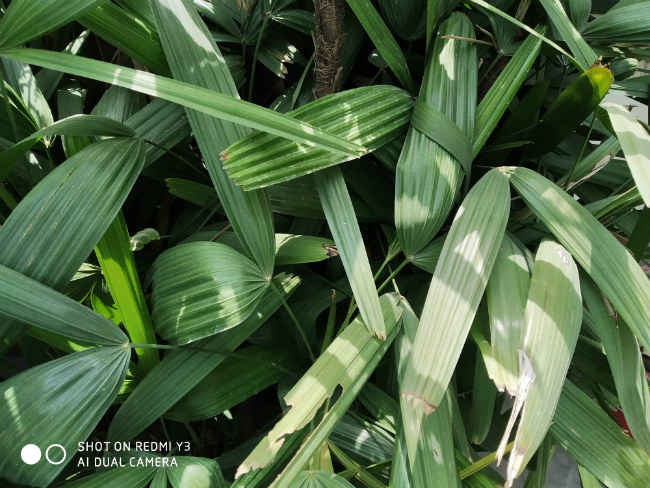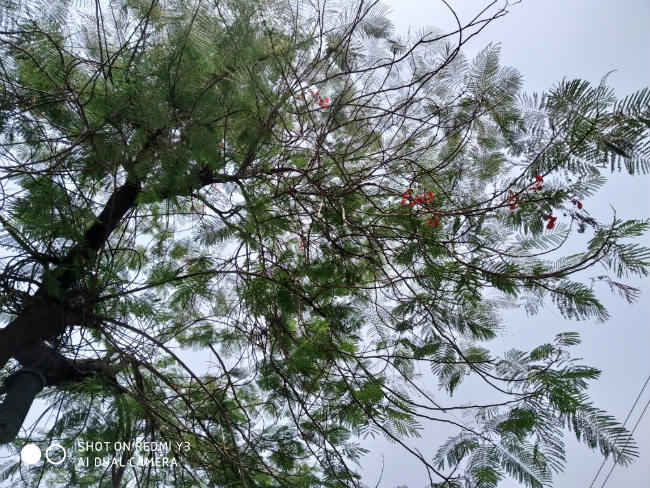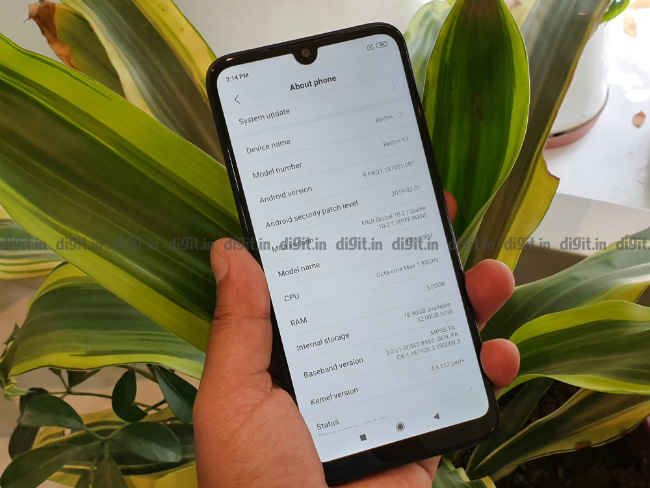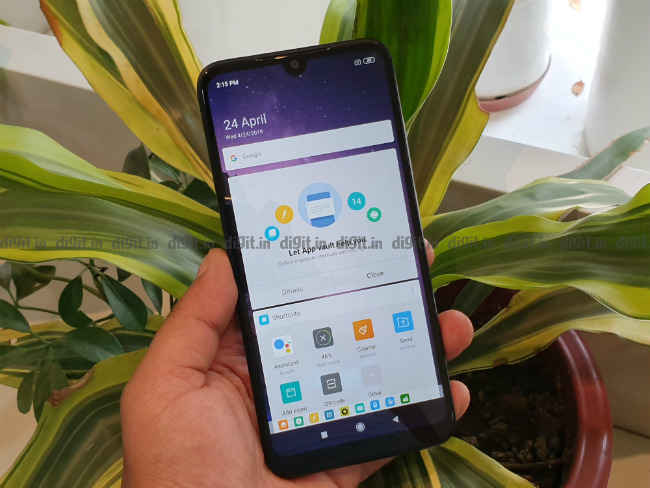Xiaomi Redmi Y3 First Impressions: Megapixel war comes to the front camera
The Redmi Y3 is the cheapest phone with a 32MP front camera right now in the market, but is that all there is to it?
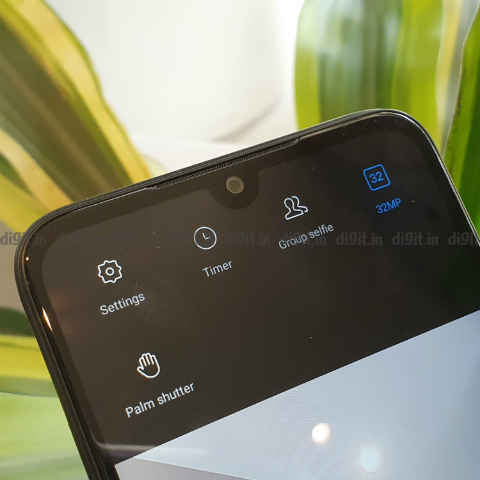
Selfie phones have carved out a niche for themselves. What was a trend started by the likes of Vivo and Oppo with feature-packed front cameras has now seeped into the mainstream and for good reason. Self-portraits have become a major form of expression regardless of age, gender, and region. Everyone takes selfies, but are all smartphones capable of taking good selfies? That’s the question most of these selfie-centric phones attempt to answer, each in their own way. If one offers a dual camera setup on the front, another offers a higher resolution. The Redmi Y3 that was announced today adds to the long line of selfie phones. But is it as good as Xiaomi claims to be? Here’s our first take of the phone.
 Survey
Survey32MP selfie camera
Let’s get to the obvious first. The Redmi Y3’s claim to fame, Xiaomi hopes, is going to be the 32MP front camera. It’s not clear whether this is the Sony IMX510 sensor or the Samsung ISOCELL GD1, both of which offer an effective resolution of 32 megapixels. Of course, by default, the camera takes photos in 8MP resolution. The 32MP mode can be unleashed from the Settings menu, but it’s not available in Pro Mode.
Why do you need a 32MP front camera? Xiaomi’s answer is so that you can take large prints of your portraits, but doesn’t always recommend shooting in its native resolution since the file size tends to be larger. The 32MP camera also apparently improves low-light selfies to a great extent. This is done by binning four pixels into one to create light sensitivity effective of a 1.6um pixel.
We did take a few selfies with the Redmi Y3’s 32MP camera to see what the hype is all about.
The front camera also supports portrait mode and a beauty mode powered by Xiaomi’s AI algorithms. There is no portrait light effects like the ones on the Redmi Note 7 Pro though.
The beauty mode is also a hit or miss, I felt. The feature essentially smoothens the skin tone removing spots and blemishes to improve how you look in the photo. To be honest, it looks quite artificial just as it does in other selfie-centric phones where beauty modes are omnipresent.
What’s interesting is the ability for the front camera to shoot 1080p photos in 30FPS with electronic image stabilisation. Bloggers and content creators will find this feature quite handy. Furthermore, the camera is able to increase the field of view to 80-degrees in the Group Selfie mode.
Dual Rear Cameras with AI scene detection
While the front camera is definitely a marked improvement as compared to the Redmi Y2, the rear camera seems to have remained similar, at least on paper. The 12+2MP setup is similar to the 12+5MP setup on the Y3’s predecessor. Both have f/2.2 aperture but the spec-sheet reveals Xiaomi has used a 5pc lens and added AI scene detection and EIS to the mix. It can now record 1080p videos at 60FPS and the depth-sensing camera enables portrait images from the rear camera as well.
Here are a few images taken from the rear camera.
Performance in the lower mid-range segment
The Xioami Redmi Y3 is powered by the Qualcomm Snapdragon 632, which also powers the newly announced Redmi 7. The Snapdragon 632 is the first in the Snapdragon 63x series to rely on Kryo cores, but the performance ( from what we have seen on older Snapdragon 632 powered phones) is lower than your average mid-range smartphone powered by the likes of the Snapdragon 636 or the Snapdragon 660. As a result, we don’t have high expectations from the hardware under the hood, but it should sail through the day without much of a hitch if you refrain from heavy multi-tasking. It’s definitely faster than the Snapdragon 625 which powered the Redmi Y2. The 32MP selfie photos also take some time to process, indicating that the processing power might leave users wanting for more.
There’s up to 4GB of RAM and 64GB storage. Furthermore, there’s a 2+1 card slot with the option to expand storage via a dedicated microSD slot. The phone runs on an Adreno 506 GPU which should handle games like PUBG Mobile in low graphics settings. There are also dual pyrolytic graphite sheets that Xiaomi claims bring down the surface temperature by two degrees. Topping it off is an IR blaster on top of the phone, a feature that has become a Xiaomi staple. The Redmi Y3 runs on MIUI10 based on Android 9 Pie.
Keeping the lights on is a 4000mAh battery which supports 10W fast charging.
Gradient colours go mainstream
One of our primary qualms with the older Redmi Y3 was its monotonous metal unibody design. That has now thankfully been replaced with a gradient body where the rear panel changes colour as you move from the bottom to top. The phone is offered in Red, Blue and Black colour variants and all of them look quite good. The material used seems to be hard plastic which while being more resistant to drops, is quite scratch-prone.
The phone also curves along the edges on the back offering a good grip. You do get a 3.5mm headphone jack and an IR blaster. Furthermore, the display also stretches to the edges, well almost. That’s thanks to the use of a tiny U-shaped notch that houses the front camera. It allows for a larger 6.26-inch IPS LCD display even though the overall footprint has decreased by around 2mm from the Redmi Y2.
First Impressions
The Redmi Y3 certainly comes across as a big upgrade over its predecessor, especially in the selfie department. The performance too seems like it may be an upgrade over the Redmi Y2, but it won’t be able to match up to other mid-rangers in the same price range. Essentially, if you have Rs 9,999 to spend, you can either fo the performance route with the Redmi Note 7 or the selfie-centric way with the Redmi Y3. However, we should mention that the performance of both the phones is yet to be tested by us, so we'll reserve any definitive judgement on that. What’s notable is that the Redmi Y3 becomes the cheapest smartphone with a 32MP front camera in the market presently. All the others like the Samsung Galaxy A70 and the Vivo V15 and the Vivo V15 Pro are priced almost double that of the Redmi Y3. The megapixel wars have now reached the front camera and combined with Xiaomi’s price-game, it certainly looks impressive.
